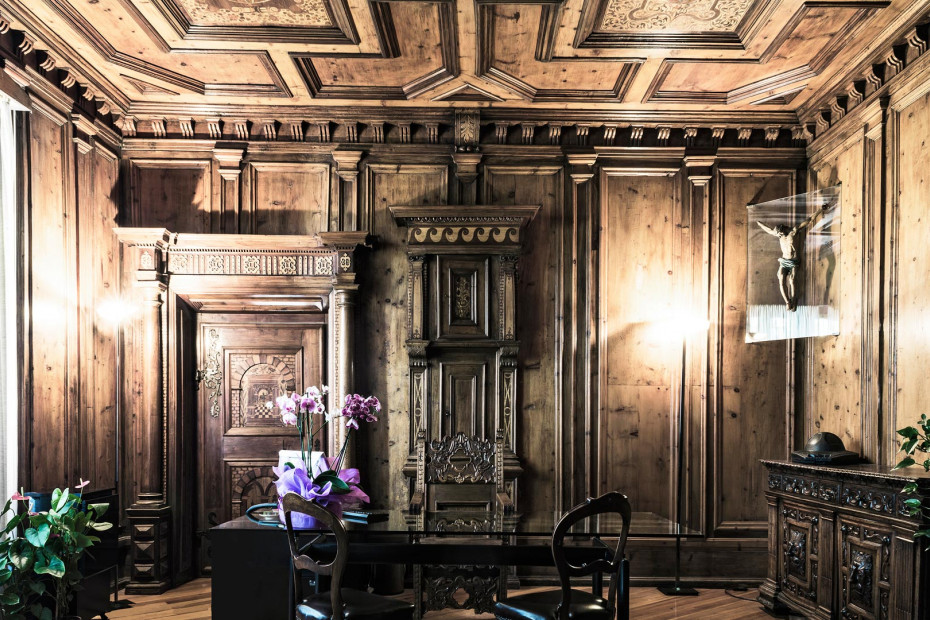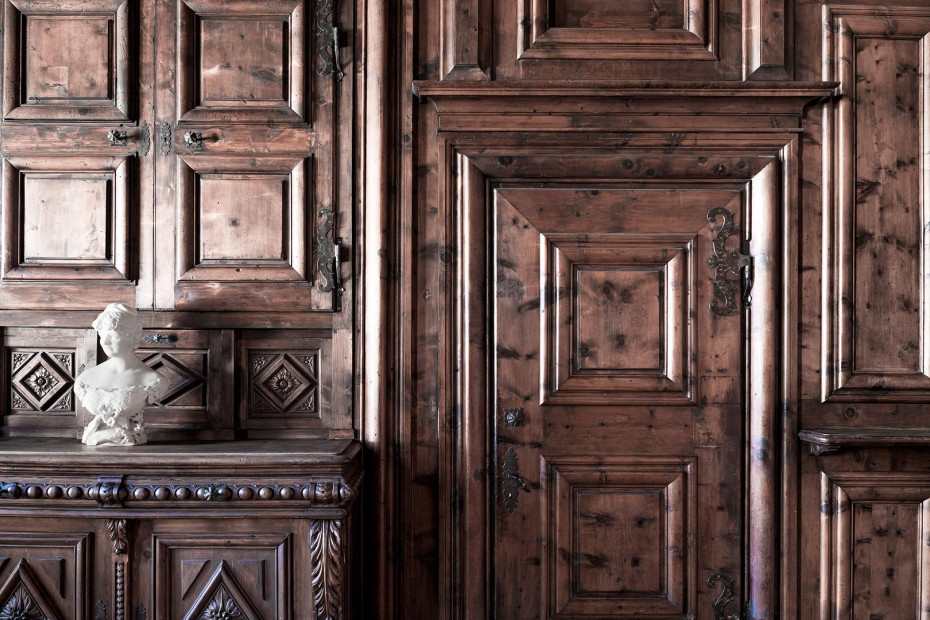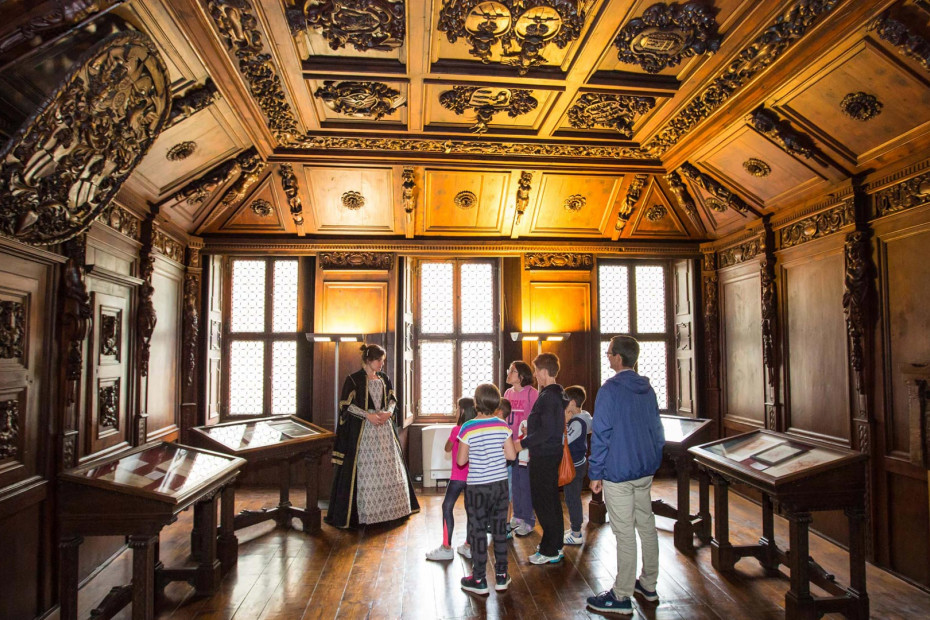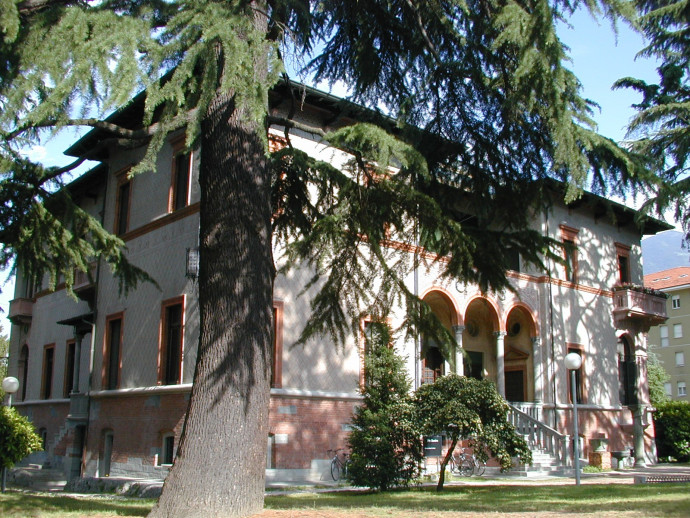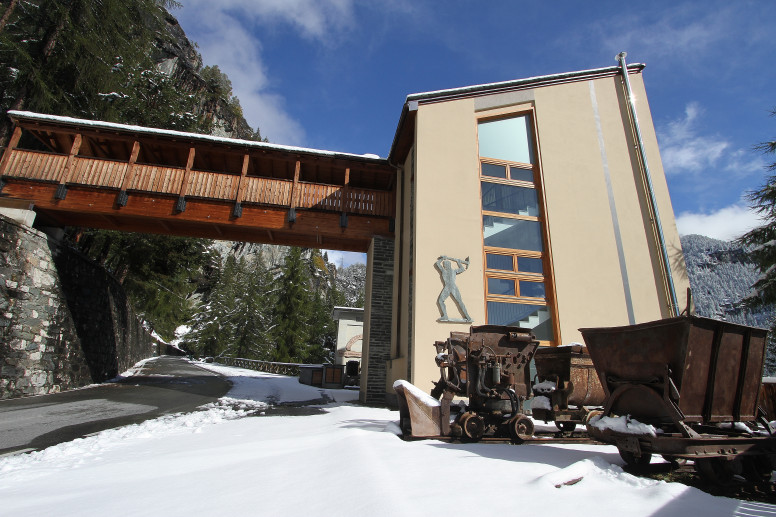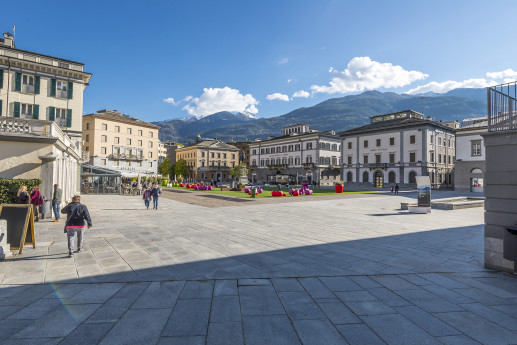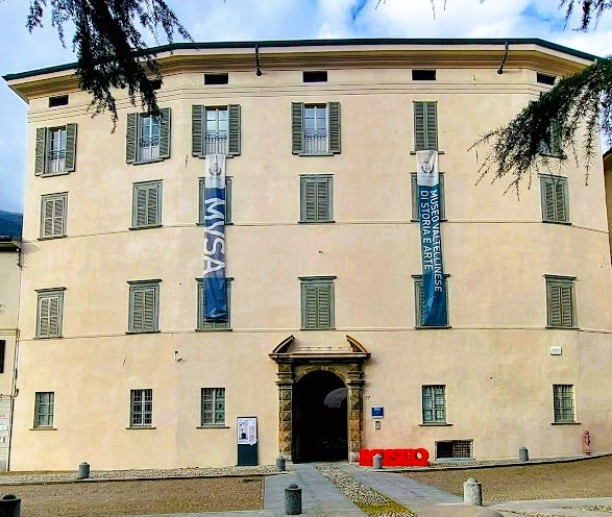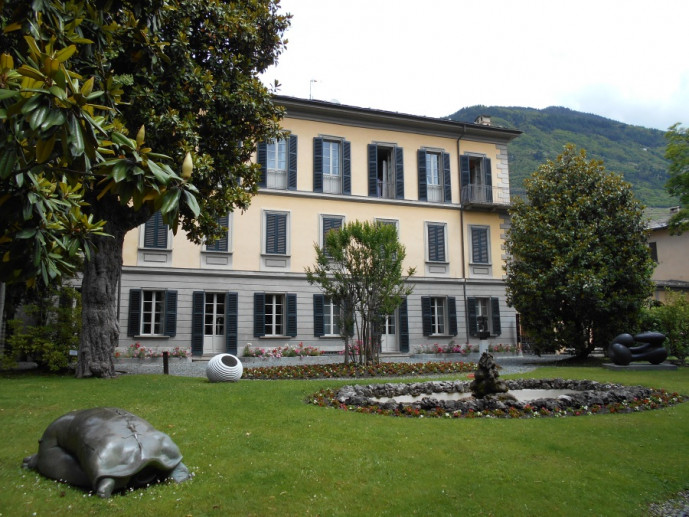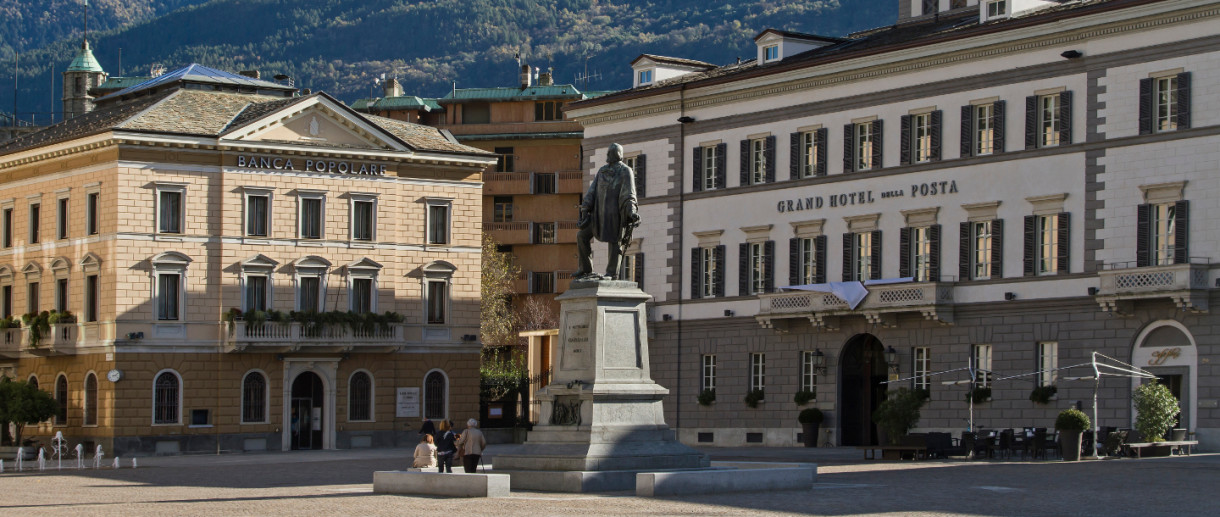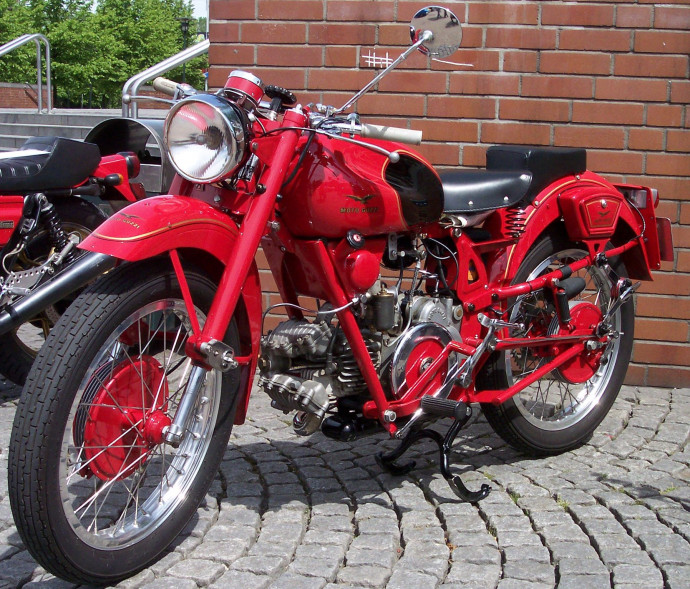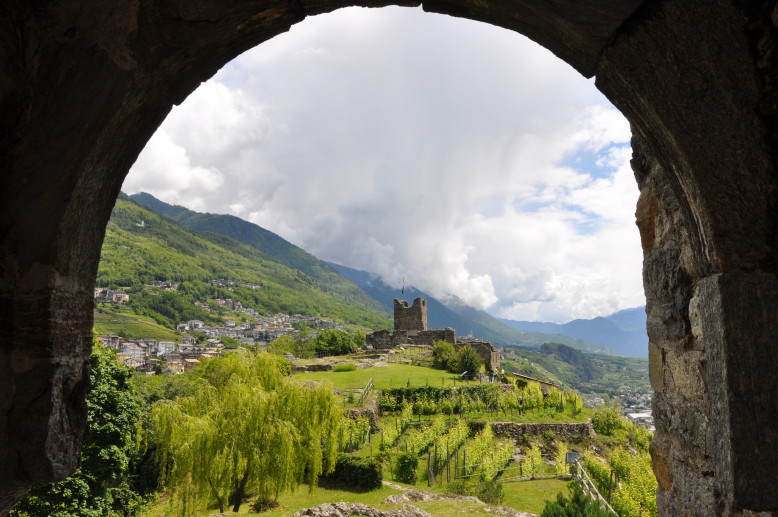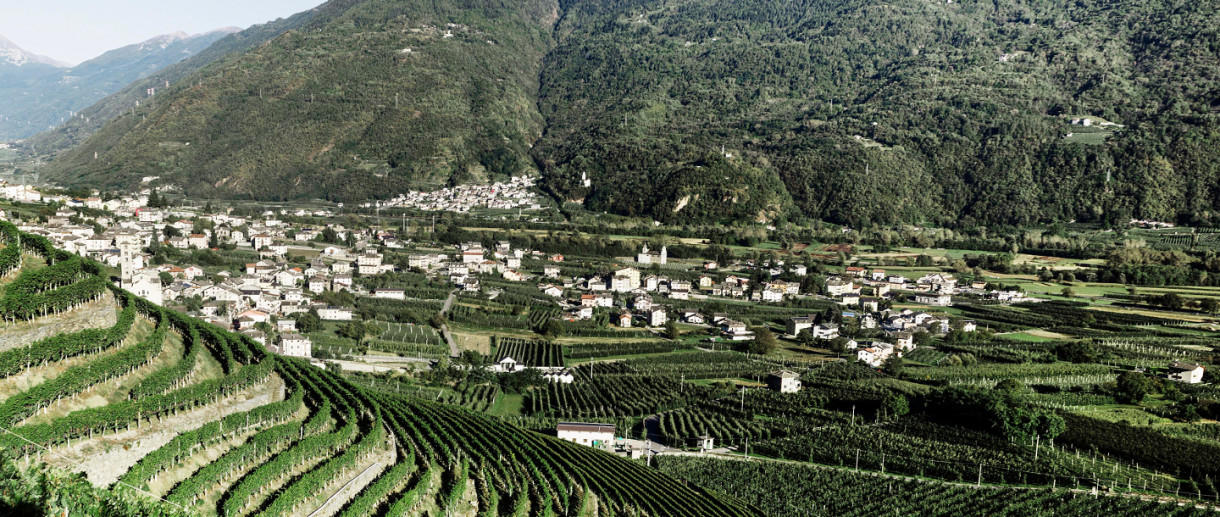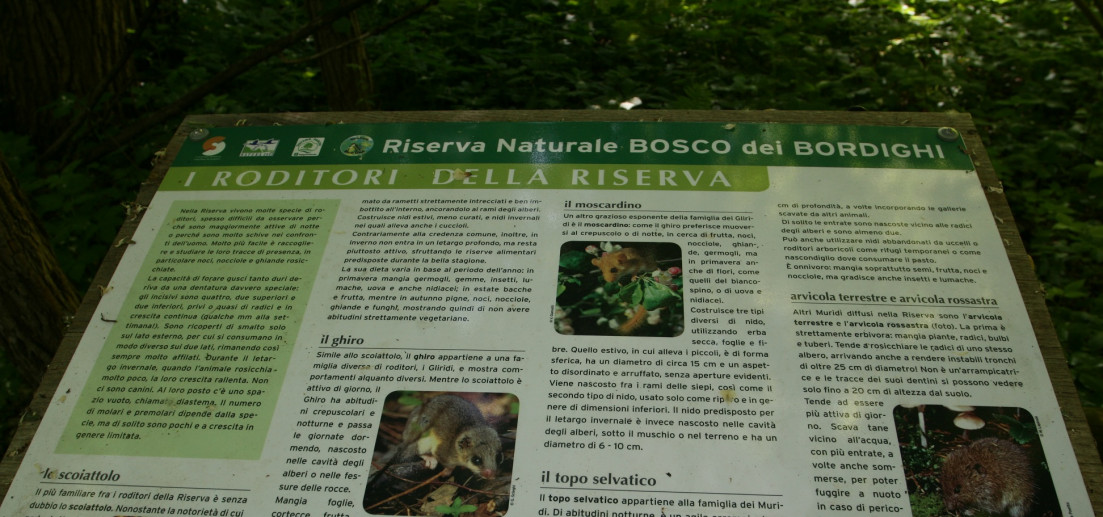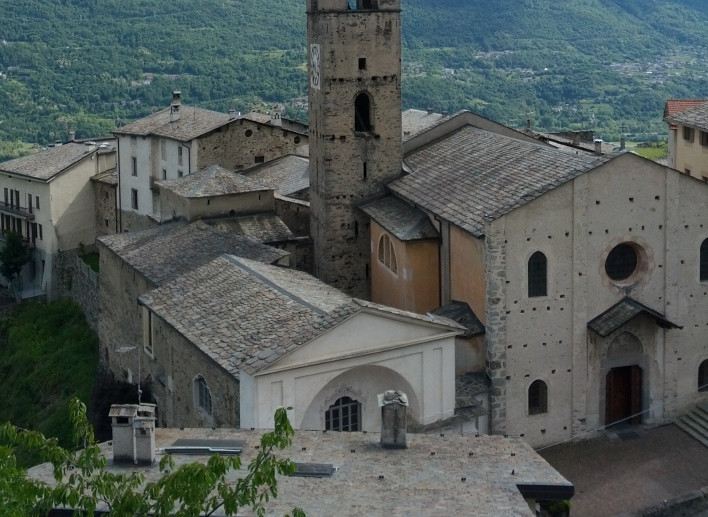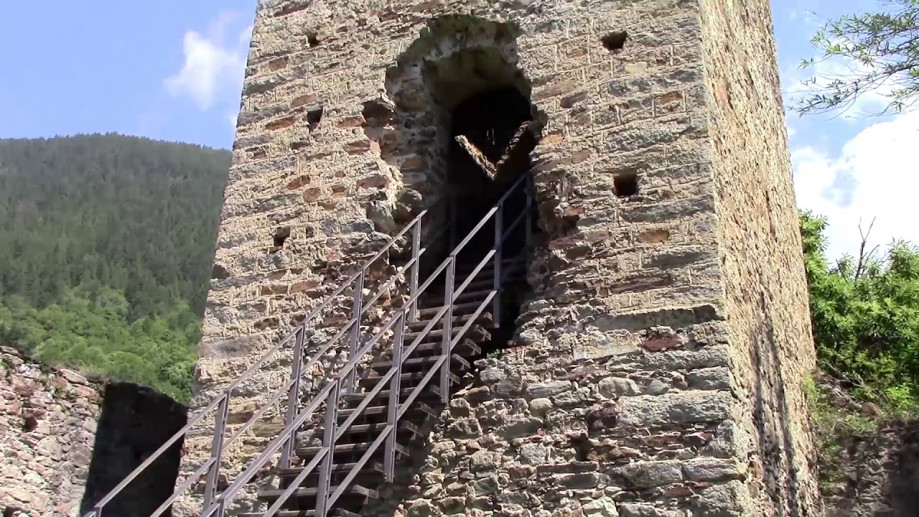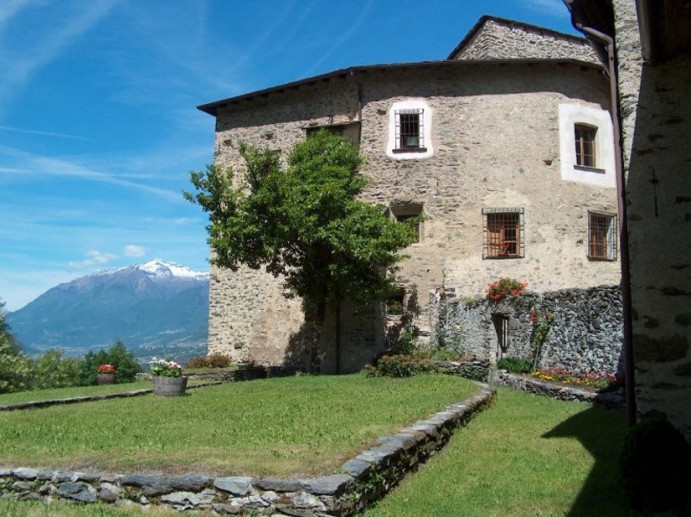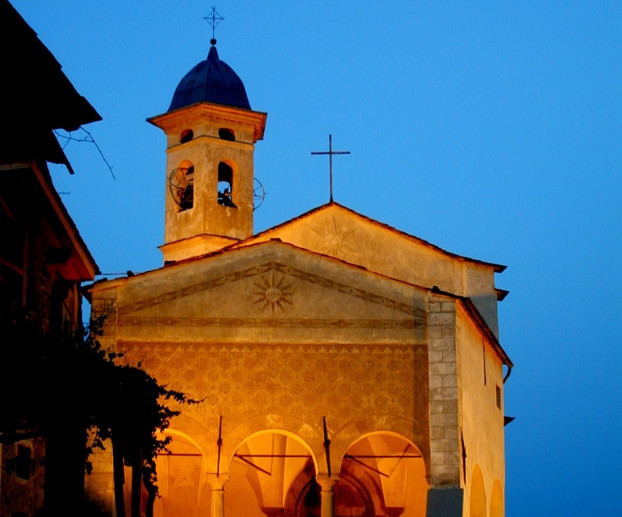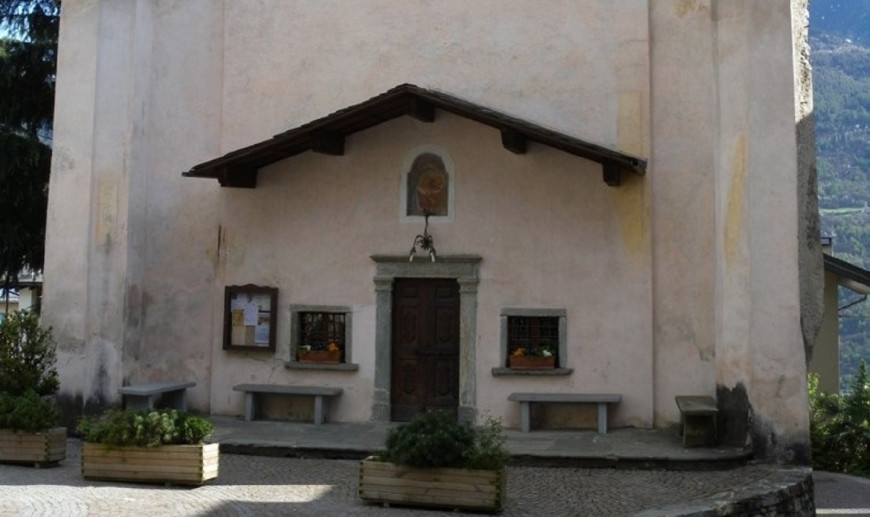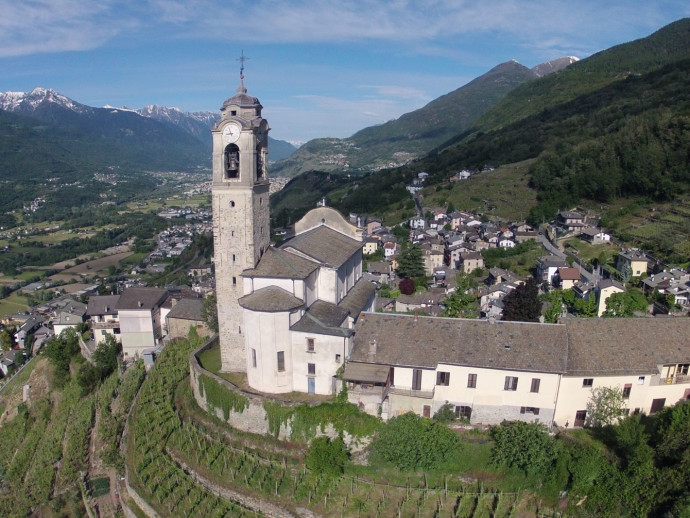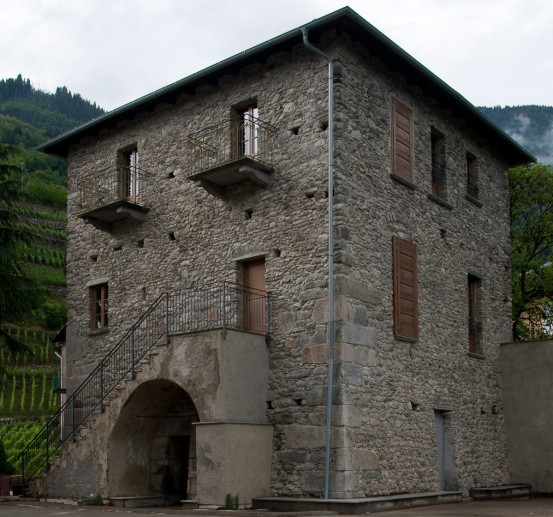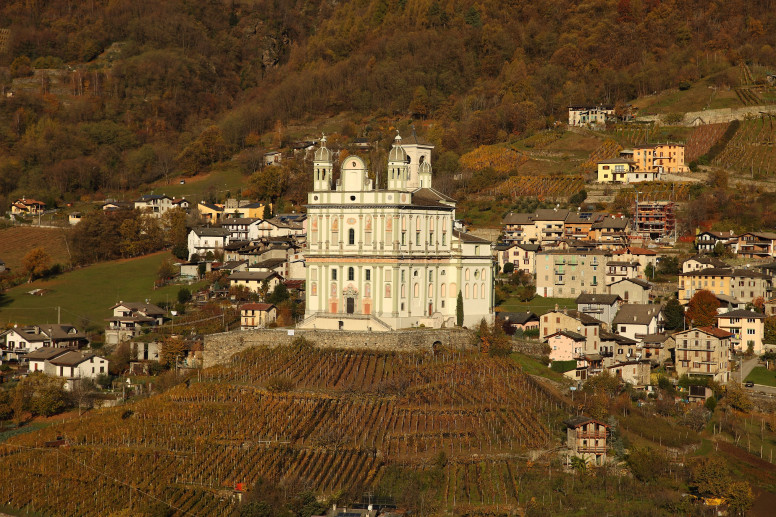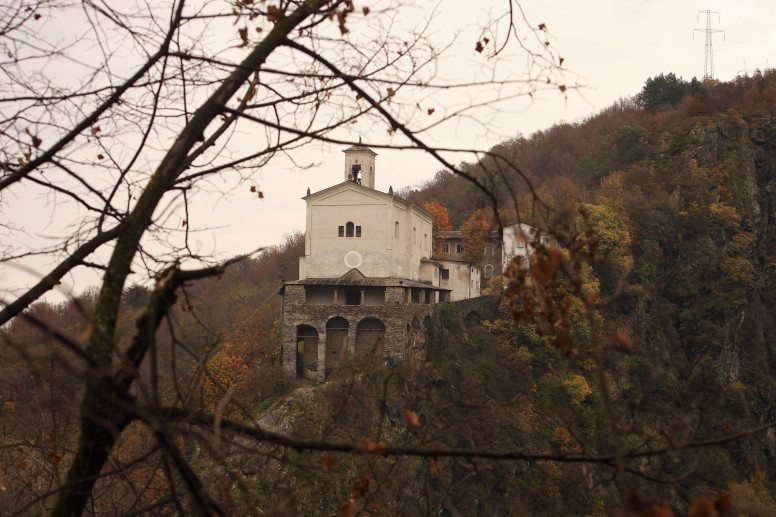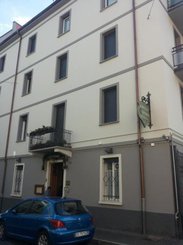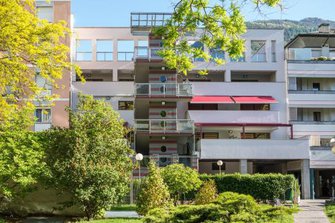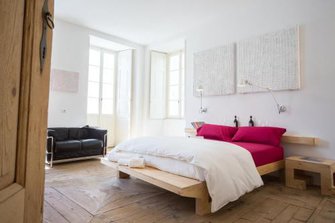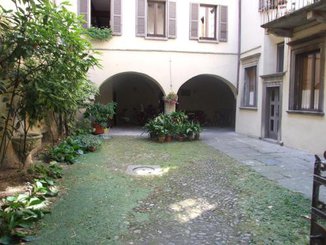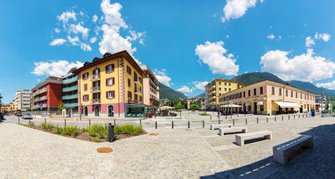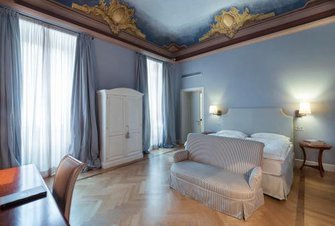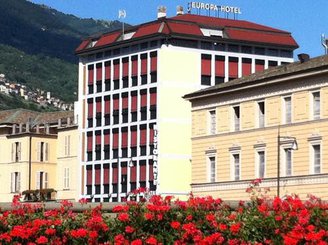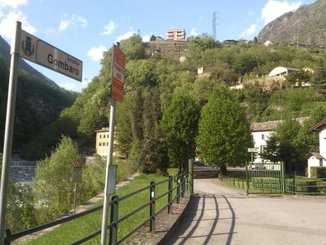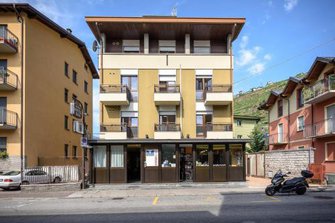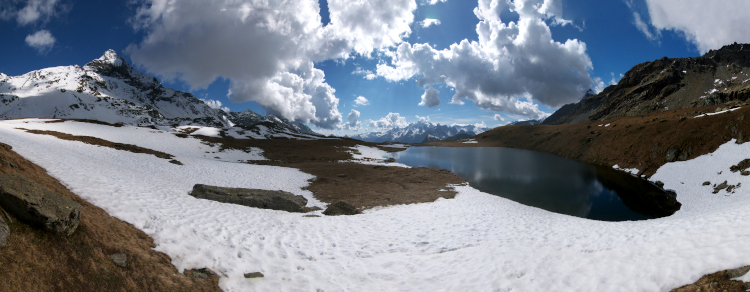- Art & Culture
Stüas in Sondrio
In the heart of the Alps, Sondrio is a small jewel, made of wood, water and stone, to be discovered and rediscovered.
A heart of unexpected beauty in a mountain landscape that takes your breath away.
The old town amazes with its unexpected views, aristocratic buildings and rural houses.
Crossing through the new and old streets you can discover Renaissance Frescoes of Orlando Furioso, characteristic “Stüe” dating from 1500-1600, neoclassical and liberty buildings, contemporary sculptures.
The Stüa was the heart of the traditional house, both the poor and noble ones, it was entirely covered in wood and heated by a stove generally majolica, the fire fed from the outside.
The name was taken from the Latin word estu(p)ha steam-heated room.
They were custom-made to measure of the room and usually was used mugo pine or swiss pine for its ability to withstand temperature changes, for its pleasant balsamic fragrance and for the remarkable resistance to woodworm.
Unfortunately, the Stüe were almost always considered as furniture or movable property, so often they were disassembled, sold or moved to other locations, or even broken apart so that the wood could be used to make “antique” furniture.
In the province there must have been many, among the most famous private houses can be remembered in Lavizzari and Pelosi, in Sondrio, in Castello Paribelli in Albosaggia.
In Sondrio you can visit 3 municipal:
the Stüa Rigamonti of Palazzo Pretorio (building of the City Hall)
the Stüa Carbonera of Villa Quadrio
the Stüa Salis of Palazzo Sassi de'Lavizzari
Two museums, the MVSA and the CAST, will reveal us, with different languages, the city and territory, culture and traditions, its history and its stories.
(Source text and images: www.visitasondrio.it)
